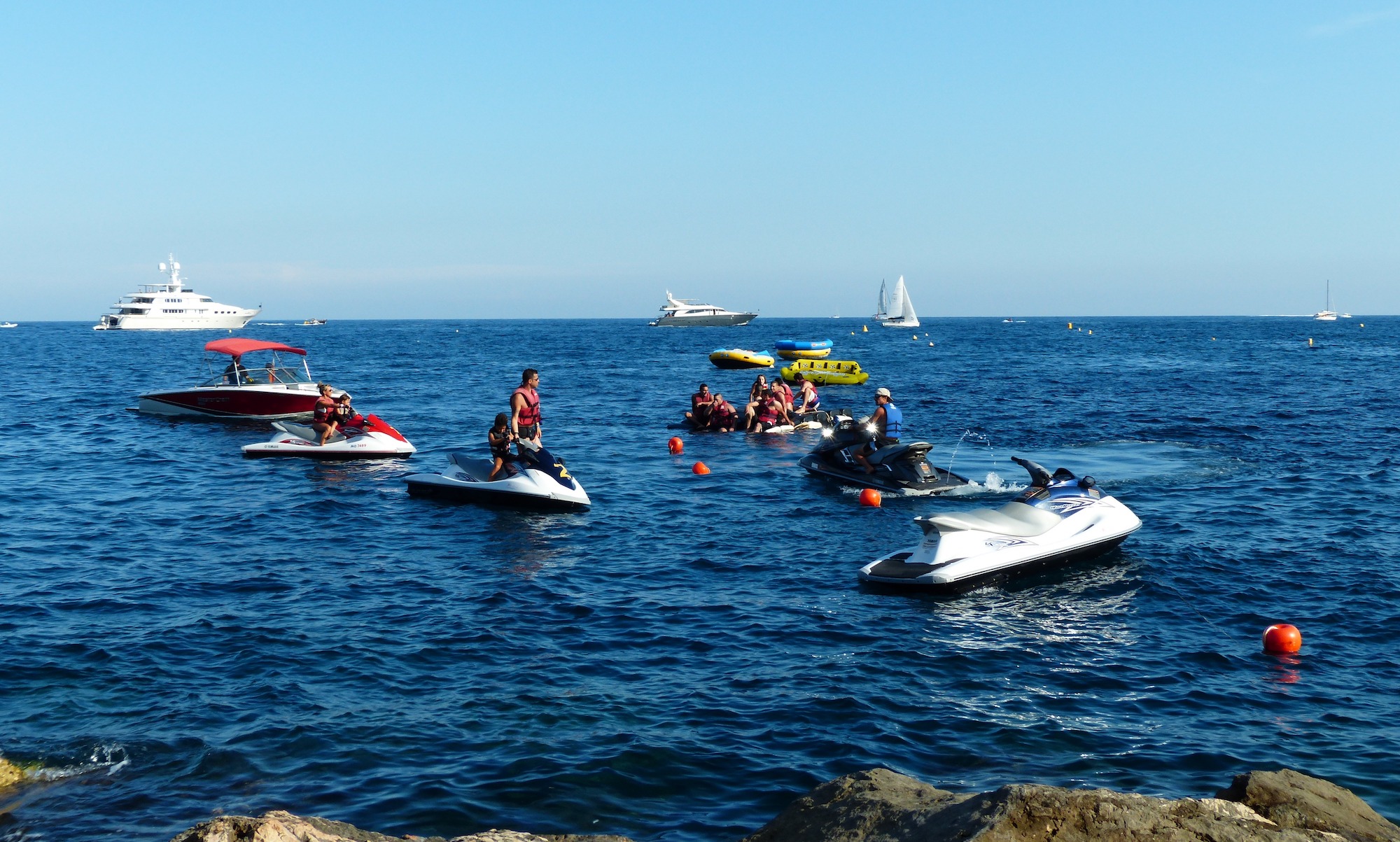On Grey’s Anatomy, Season 18 Episode 3, (entitled “Hotter than Hell”), the medical team at Seattle’s fictitious Grey Sloan Memorial Hospital performed emergency surgery to repair the perforated rectum of a young lady rushed to the hospital after a jet ski accident. The paramedic relaying the patient’s condition to ER staff upon arrival diagnosed her as having sustained a “Hydrostatic Pelvic Injury” (a/k/a “PWC Orifice Injury” or “Jet Ski Rectal Injury”). “Water plowed up and cut through her entire pelvic region,” he said. “When she fell off a jet ski or was blasted off.” For a short clip of the scene, click here.
Why write about this you ask? What’s the significance of a fictitious patient being treated by fictitious doctors in a fictitious hospital? I’ll tell you why. Because although Grey’s Anatomy is founded in fiction, there is nothing fictitious about Hydrostatic Pelvic Injuries. In fact, I personally know dozens of individuals (both women and men) that can tell you firsthand, that the injuries suffered by the young lady in the show are as real as the sky is blue.
Other than the nature and mechanism of their injuries, the individuals I speak of have (at least) one other thing in common: none of them had any idea that this type of life-threatening injury could result from something as common and seemingly harmless as slipping off the back of a personal watercraft. But the unfortunate and unknown reality is, it’s the equivalent of being blasted between the legs with a firehose.
PWC manufacturers, Yamaha, Kawasaki and Bombardier, are quite aware of the nature, mechanism and severity of Jet Ski Rectal Injuries, as well as the fact that such injuries have been occurring on their products for over thirty years. But despite this knowledge, and despite the mountain of evidence establishing the existence of safer alternative designs which would substantially reduce (if not entirely eliminate) the risk of Hydrostatic Pelvic Injuries (including PWC manufacturer owned patents of modified seat designs and handholds with the stated purpose of reducing the risk of rearward ejections), Yamaha, Kawasaki and Bombardier have collectively chosen to violate core safety engineering principles by attempting to warn their way out of a design defect. Laughery, Kenneth et al. “The Safety Hierarchy and Its Role in Safety Decisions.” www.safetyhumanfactors.org.
And so the question remains: How many more people have to be maimed or killed for these personal watercraft manufacturers to finally acknowledge that there’s a problem?
